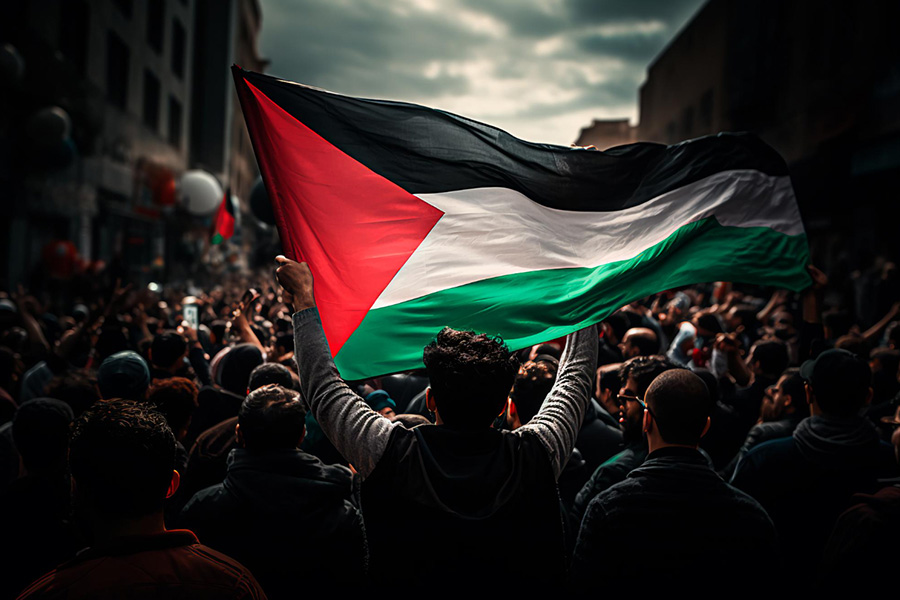
Social media both enables solidarity with Palestinians and risks commodifying their suffering, highlighting the complexities of digital activism and the politics of visibility.
Authors
Shraddha Chatterjee, Women’s, Gender & Sexuality Studies, University of Houston, United States
Prerna Subramanian, Assistant Professor, Jindal Global Law School, O.P. Jindal Global University, Sonipat, Haryana, India
Summary
This article grapples with the epistemological, geopolitical, and affective conditions through which Palestinian resistance is mediated and consumed on social media. We ask: How do narratives surrounding Palestine emerge and circulate in the digital age? What does it mean for Palestinians to be seen as “human,” and what are the costs and possibilities of such recognition? How does the nexus of settler colonialism, racial capitalism, and American exceptionalism influence the dehumanization of Palestinians? We answer these questions by engaging with the paradoxical dynamics of social media as a space where Palestinians document the ongoing genocide and seek solidarity while being forced to perform humanity within frameworks that devalue their lives. We explore how Palestinians are exceptionalized in ways that risk abstracting them from the systemic violence they resist. These processes are not unique to Palestine, but emerge within a transnational digital economy where geopolitical struggles are mediated through similar logics of visibility, affect, and consumption. Further, using examples such as the circulation of a BTS photo-card found in Gaza’s rubble, we critique how Palestinian suffering is transformed into consumable narratives while considering how social media can be reimagined as a site of solidarity and resistance. Rather than offering definitive conclusions, we emphasize the tension between lamenting these commodified engagements and recognizing their potential for fostering material acts of organizing against abandonment. We encourage critical reflections on the interplay of social media and the politics of (de)humanization, while holding space for the complexities of relational accountability and collective struggle.
Published in: Gender, Place and Culture
To read the full article, please click here.

